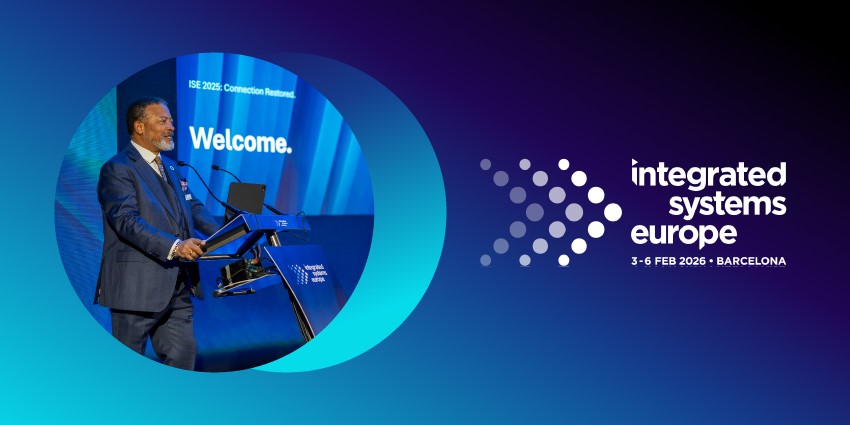Amazon has cut 14,000 corporate jobs, its largest workforce reduction since 2022, as part of a sweeping effort to streamline operations, eliminate bureaucracy, and accelerate the adoption of AI across its corporate structure.
The cuts, initially reported by Reuters as being up to 30,000, affect roughly five percent of the company’s 350,000 corporate employees across several departments, including human resources, operations, devices, services, and Amazon Web Services (AWS).
While the layoffs represent a small fraction of Amazon’s 1.55 million global workforce, the move underscores the industry-wide transition where AI-powered automation is beginning to reshape the architecture of modern corporate life, as signalled earlier this year by similar AI-prompted lay-offs from Microsoft earlier this summer.
Beth Galetti, an executive at Amazon, confirmed the news to workers in a memo on Tuesday this week:
“The reductions we’re sharing today are a continuation of this work to get even stronger by further reducing bureaucracy, removing layers, and shifting resources to ensure we’re investing in our biggest bets and what matters most to our customers’ current and future needs.”
Galetti did not confirm what roles are being cut or where they are based, however. Most workers have been given 90 days to find a new job internally.
An Amazon spokesperson, Kelly Nantel, told The Verge that “AI is not the reason behind the vast majority of reductions.”
“Last year, we set out to strengthen our culture and teams by reducing layers, increasing ownership, and helping reduce bureaucracy to drive speed and ownership, and be set up to invent, collaborate, be connected, and deliver the absolute best for customers,” Nantel continued. “This effort has begun to pay off, and we’re seeing strong results for our teams and customers. The reductions we’re sharing today are a continuation of this work.”
Galetti’s memo added that the business expects to maintain its hiring in “key strategic areas” in 2026. However, it will also continue to analyse areas to “realise efficiency gains.” More layoffs may be in store in the future.
The AI Efficiency Equation
Under CEO Andy Jassy, Amazon has moved aggressively to cut costs and flatten management structures, citing “an excess of bureaucracy.” The company has implemented AI to automate routine and administrative functions, and in doing so, appears to have found efficiencies substantial enough to justify a significant reduction in human staff.
Jassy’s campaign has been both technical and cultural. He introduced an anonymous inefficiency hotline, which reportedly triggered over 450 internal process changes, demonstrating how automation and employee feedback loops can coexist in the service of operational efficiency.
For business and IT leaders, Amazon’s example is both a warning and a roadmap: AI can deliver extraordinary productivity gains, but it can also upend traditional management hierarchies and have a profound impact on the jobs of human beings.
It’s not unique to Amazon. Companies from IBM to Accenture have signalled similar moves, rebalancing headcount as automation matures into measurable operational ROI.
Rethinking the Return to Office
Amazon’s return-to-office (RTO) policy, announced in September 2024 and enforced from January 2025, remains one of the most stringent in Big Tech, requiring corporate staff to be in the office five days a week.
However, internal sources cited by Reuters in autumn 2024 indicated that the policy had not driven the attrition Amazon had expected. Employees who continued remote arrangements or failed to “badge in” consistently have now found themselves facing termination without severance, with the company classifying such absences as “voluntary resignations.”
This is no longer merely a cultural debate about hybrid work but a structural one about who fits in an AI-optimised enterprise. As Gen AI tools reduce the friction of coordination, and efficiency becomes measurable in algorithmic increments, the balance between flexibility and physical presence is tilting sharply back toward managerial oversight and output visibility.
For tech leaders, the message these developments signal is striking: digital transformation now extends beyond just enabling flexible work. It is increasingly about redefining how and where human work adds value in an automated system.
Amazon’s restructuring might look like another headline about more tech layoffs in a challenging time for the job market. However, it’s something deeper. It’s the latest example of large-scale evidence that AI is starting to reshape the modern enterprise from within.







